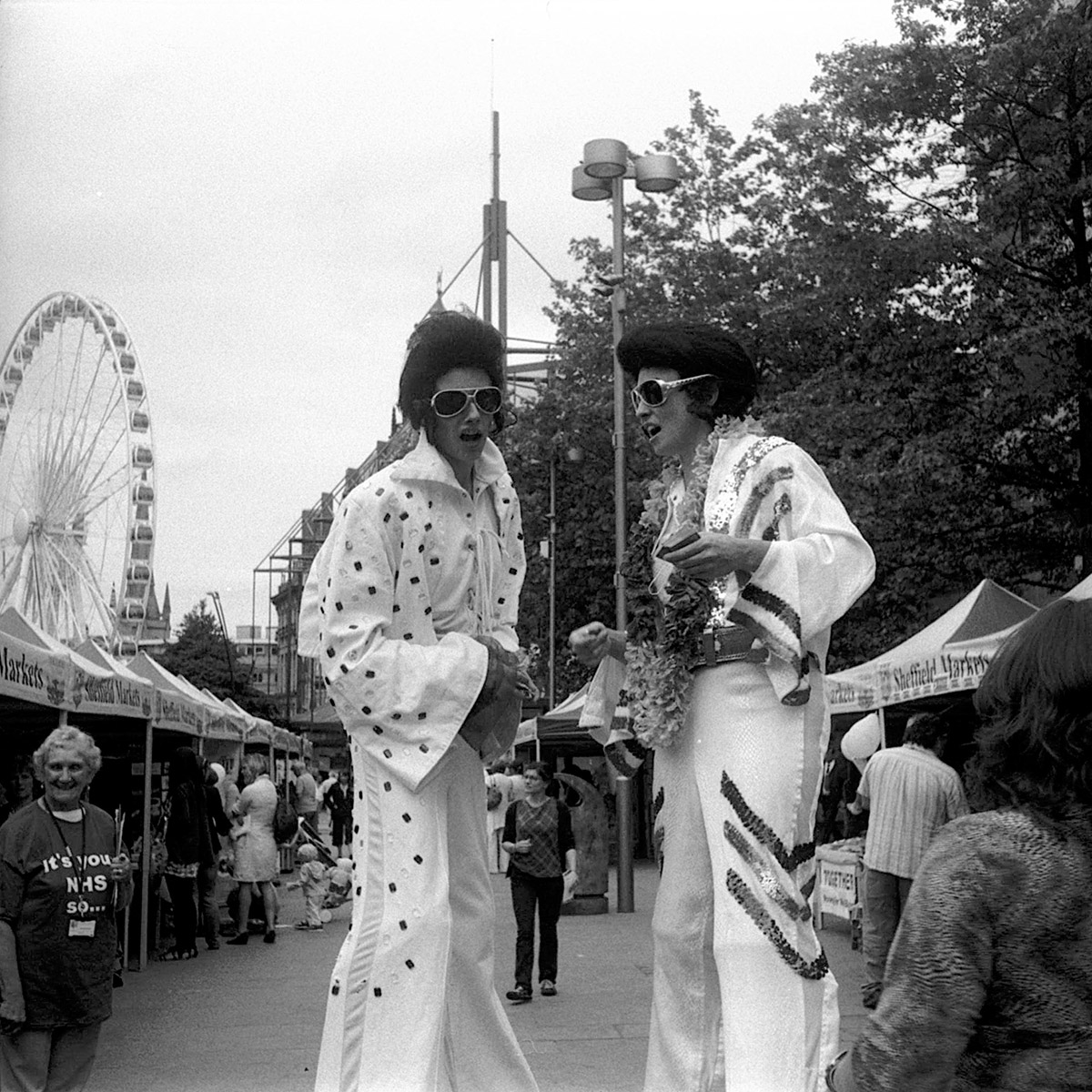Minolta 24 Rapid
The first camera I ever owned was the little plastic 127 rollfilm camera that was part of the “Secret Sam” spy outfit I had as a child, but the Minolta 24 Rapid was my first “proper” camera. It belonged to my aunt, who always encouraged me in my hobbies, and when my growing interest in photography sadly coincided with the start of her going blind, she kindly passed her camera on to me.
This model is one of the relatively few 35mm cameras that has a square format, it also uses the long defunct “Agfa Rapid” system, but that’s another story.
There’s something about the square format that appeals to my aesthetic sensibilities, maybe it comes from the association with medium format cameras, which were spoken of in hushed reverential tones when I was getting into photography as a schoolboy in the 1970s.
Although it takes 35mm film, it doesn’t come in a standard cassette, but in a special spool free canister which was designed to make loading and unloading the camera less of a trial for the casual user. As the photos were taken, the film was transferred into another identical canister, which was then removed and sent for processing without the need for rewinding. The 126 instamatic cartridge introduced by Kodak probably helped put paid to the Rapid system, making the cameras even more “idiot proof”.
When I unearthed the camera from the box of assorted photographica where it had spent more than three decades, it smelled more than a little musty, but the shutter fired without any problems, and the only sign of mould was on the outer surface of the front element, and was easily cleaned off. Perhaps not surprisingly, even with a new battery, the meter was as dead as the proverbial dodo.
In the quest for evermore foolproof cameras, the Minolta has a fully automatic setting, which chooses a shutter speed and aperture combination based on the light levels, but luckily it also has full manual override, so the defunct meter didn’t stop me using it.
Reloading a Rapid cassette with fresh film is very simple, all you need is a darkroom or changing bag and a pair of scissors. Being careful to avoid too many finger prints, I gently transferred about half of a cassette of Rollei Retro 100 black and white film, which appropriately enough turns out to be rebranded Agfa APX100.
It was a pleasant Summer’s day, and I went for a wander round Sheffield City Centre looking for possible subject matter. Having checked out the “usual suspects” – including an iconic car park and the giant Ferris wheel, I turned a corner and came face to face with Elvis Presley! To be more accurate, it was face to knee, for there, towering above me, was a pair of stilted Elvi (I googled it, that appears to be the accepted plural of Elvis). It transpired that they were part of an event to raise awareness of mental health issues, well it certainly made me question my sanity for a moment!
The Minolta’s coupled range-finder means that getting accurate focus is straight forward, and unlike some older cameras I’ve used, this one has a bright clear focusing patch, and there is no difficulty seeing and aligning the ghost image to get the distance correct. This would be crucial when using the f2.8 lens wide open in lower light levels, but was less important on a sunny day. The non-functioning electrics forced me to rely on a separate hand-held light meter to set the exposure, but that was no problem, though I was aware that there is probably less margin for error with this black and white film that there would have been with the bog standard C41 colour negative film I pick up in Poundland.
Previously when I’ve reloaded a Rapid canister, I’ve had to sneakily return the film to a standard cassette in order for the local minilab to accept it, but this time I was using black and film and developed it at home using Ilfosol 3. I still find it a thrill when I tentatively remove the lid of the developing tank and fish the reel out of the fixer, to find that there are actually images on it!
The Elvi were happy to strike a couple of poses for me, and reflecting on the fact that when this camera was made, Presley was at his peak, I decided to embrace the format, and show that it can be hip to be square.


